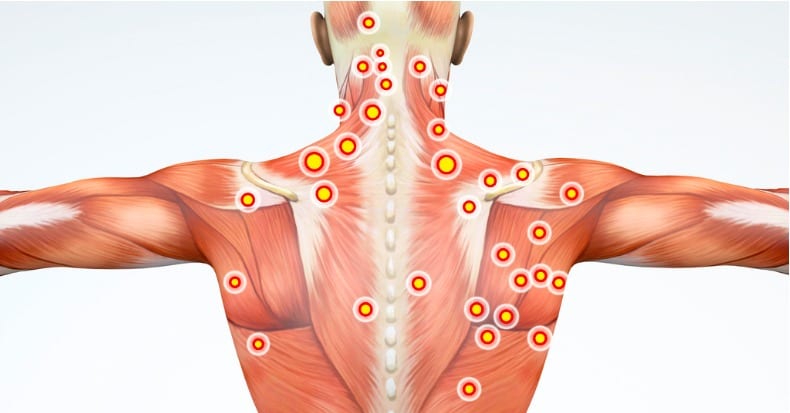

.jpg)
Referred pain prevents the patient from lying on the painful side (and sometimes on the back) at night, because the weight of the thorax compresses and stimulates the infraspinatus TrPs. Sola and Williams identified the symptoms of shoulder-girdle fatigue, weakness of grip, loss of mobility at the shoulder, and hyperhidrosis in the referred pain area as due to TrP activity in the infraspinatus muscle. Tennis players complain that this shoulder pain limits the vigour of their strokes. Patients are likely to complain that attempting to comb the hair or brush the teeth is painful.
#Simons travell and simons 1999 zip
Various patients with an infraspinatus TrP commonly complain: “I can’t reach into my back pants pocket I can’t fasten my brassiere behind my back I can’t zip up the back of my dress I can’t get my sore arm into my coat sleeve last, but must put it in first or I can’t reach back to the night stand beside my bed.” Inability to medially rotate and to adduct the arm at the glenohumeral joint simultaneously is a revealing sign of infraspinatus TrP activity. “We agree with other authors that when myofascial pain is referred to the shoulder joint, the infraspinatus, supraspinatus, and sometimes the levator scapulae muscles are its most likely muscular sources. Ignoring this crucial part of TP protocol will lead to perpetuation/exacerbation of your symptoms. Please note – if TrPs are involved you MUST have them inactivated prior to exercising the rotator cuff muscles. Perhaps you’ll recognize some of the symptoms they describe.

Please take a moment to read what Travell and Simons have said about this muscle. In fact, I’d say over 95% of the time it IS involved. We commonly treat (successfully) shoulder-pain issues, and the infraspinatus is almost always involved.


 0 kommentar(er)
0 kommentar(er)
